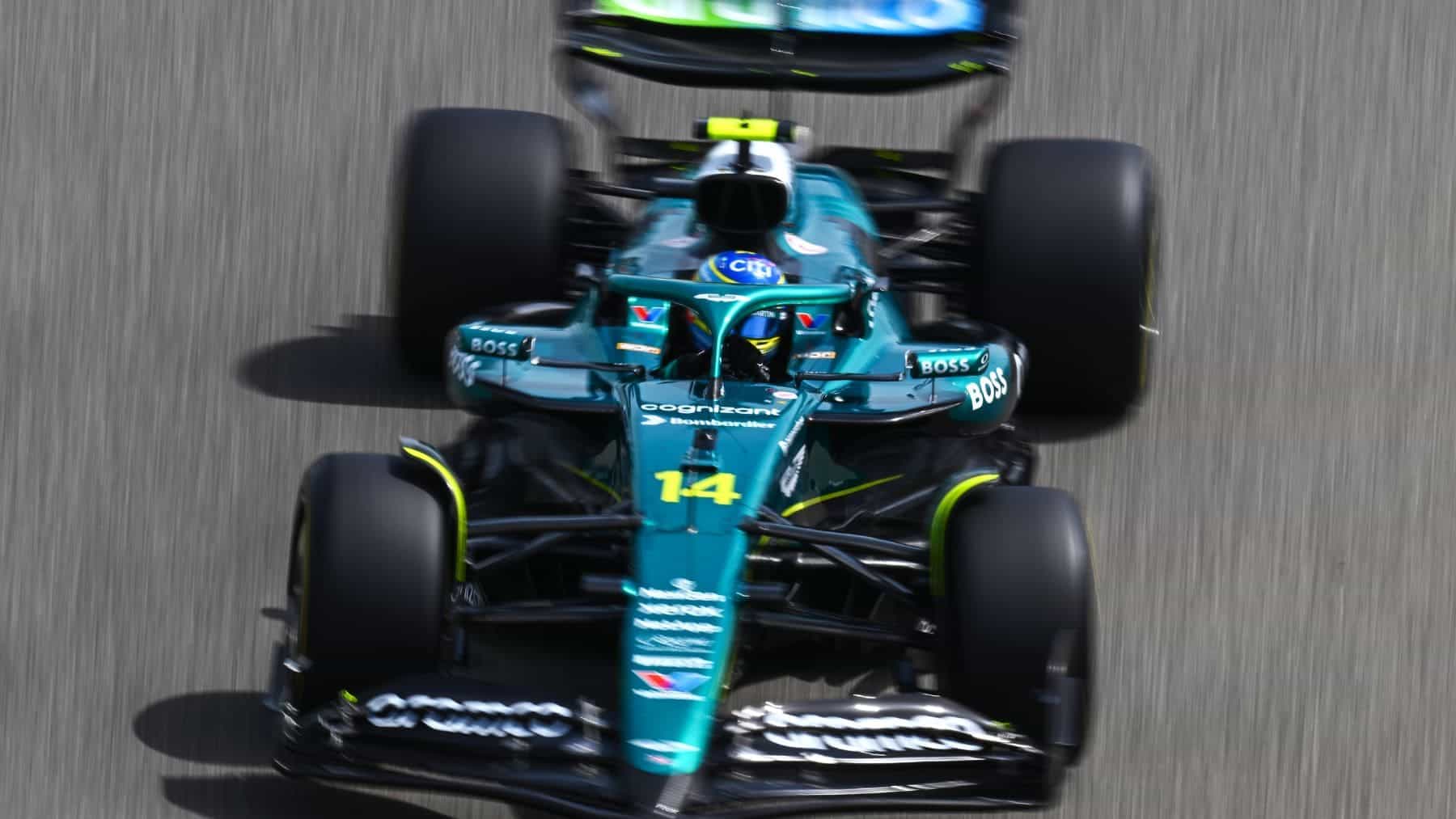In the Spanish Grand Prix, the FIA will take a new step towards restricting the flexibility tests of the front wings and this tightening of the regulations could change the balance of power on the grid overnight, in particular in favour of those teams like Aston Martin, who saw how their car and Fernando Alonso could have their percentage of utilization to the maximum based on this new regulation This regulatory change, responsible for the new limit that the FIA is going to impose on the flexing of front wings, will make the cars more unstable and the drivers who are more skilled will be the ones who may be favored, since Fernando Alonso, with his experience and ability to control cars with a certain tendency to instability or nervousness, could be greatly benefited by this change
The FIA tightens up flexibility controls
After the FIA (International Automobile Federation) detected that certain teams had been able to use this flexibility of the front wing to optimize air flow, the FIA formula has been to tighten up controls by incorporating new, even stricter tests and with lower flexibility limits. This new regulation will come into force during the Spanish Grand Prix and will impose the following limitations
- Unilateral load: the limit for the spoiler will go from a flexibility of 20 to 15 mm under a load of 1,000 Newtons (100 kg);
- Bilateral load: the flexibility limit will go from 15 to 10 mm
The aim is to prevent teams from continuing to use the flex of the front wing behind their backs as a resource that allows the optimization of aerodynamic efficiency despite not breaking any regulations.
Aston Martin could benefit from this change
The Aston Martin team has so far shown a competitive car in certain conditions and, after working on its car to achieve greater aerodynamic benefits, has so far found the limits in races After the application of these new rules, both those teams that have been able to take advantage of the flexibility derived from the wings, such as Aston Martin, whose driving is less dependent on the wing, could have fewer problems, as they would lose less performance than other rivals. On the other hand, Fernando Alonso has always proven his worth with unstable cars and has been able to make the most of difficult situations
It could be a bonus if Aston Martin and Fernando Alonso took advantage of the regulatory change, given their talent for driving cars with low downforce, an aspect that could be key for Aston Martin to push towards the top of the grid.
A change that could reconfigure the grid
The new regulations imposed by the FIA could lead to a realignment of performance among the teams, so that some teams could be harmed by the reduced flexibility of the front wings, while others, such as Aston Martin and Fernando Alonso, could benefit from this circumstance and move up the starting grid
With the introduction of the new flexibility tests, the Formula 1 grid could be turned completely upside down starting with the Spanish Grand Prix In this case, Aston Martin and Fernando Alonso would find themselves in a fantastic position to try to challenge the leading teams and, perhaps, try to fight again in a much more consistent way for the podiums, something that has not happened since the 2023 season, when the British car surprised the grid with unexpected pace and managed to finish in the top three in eight races.

